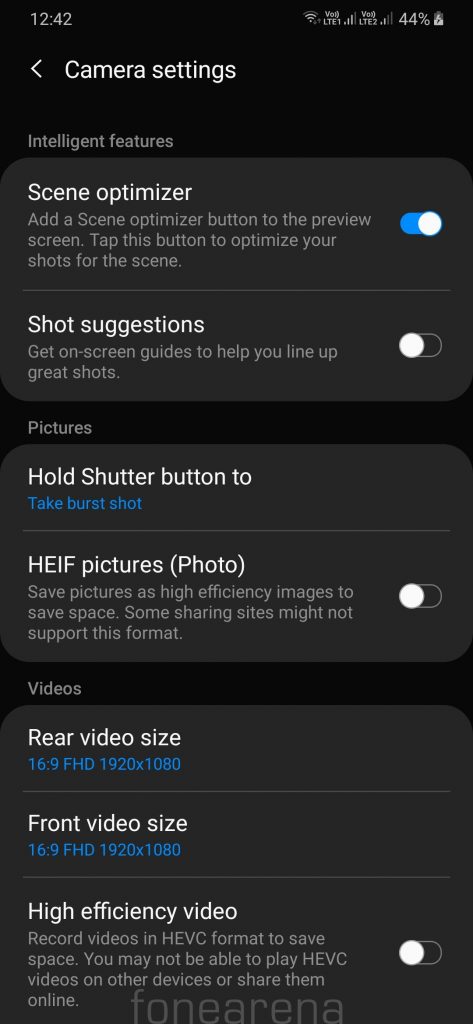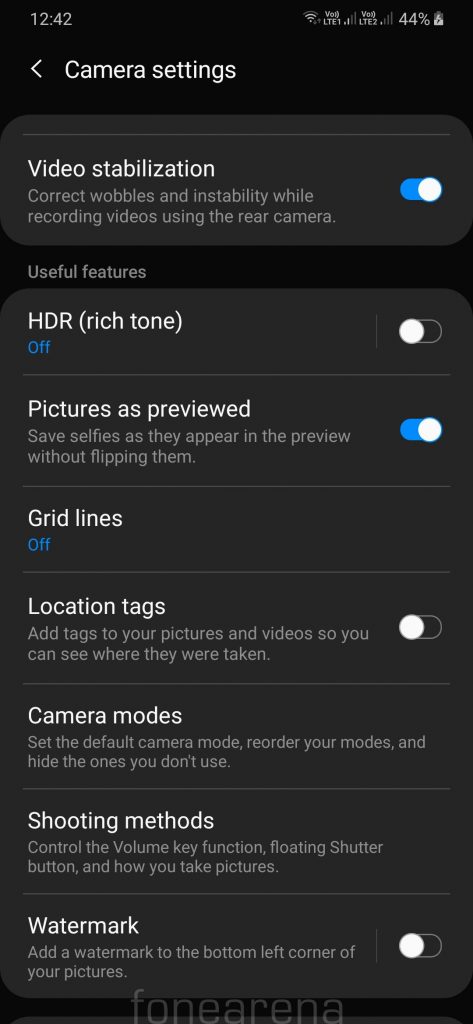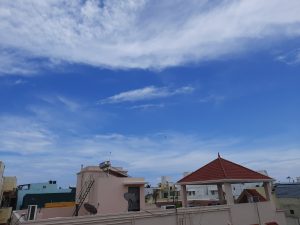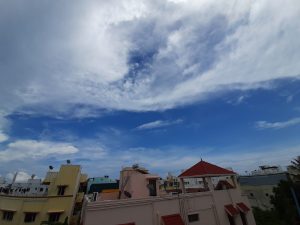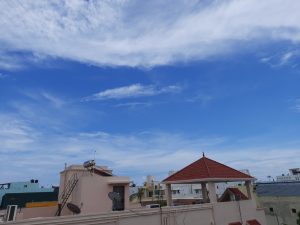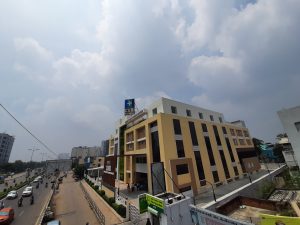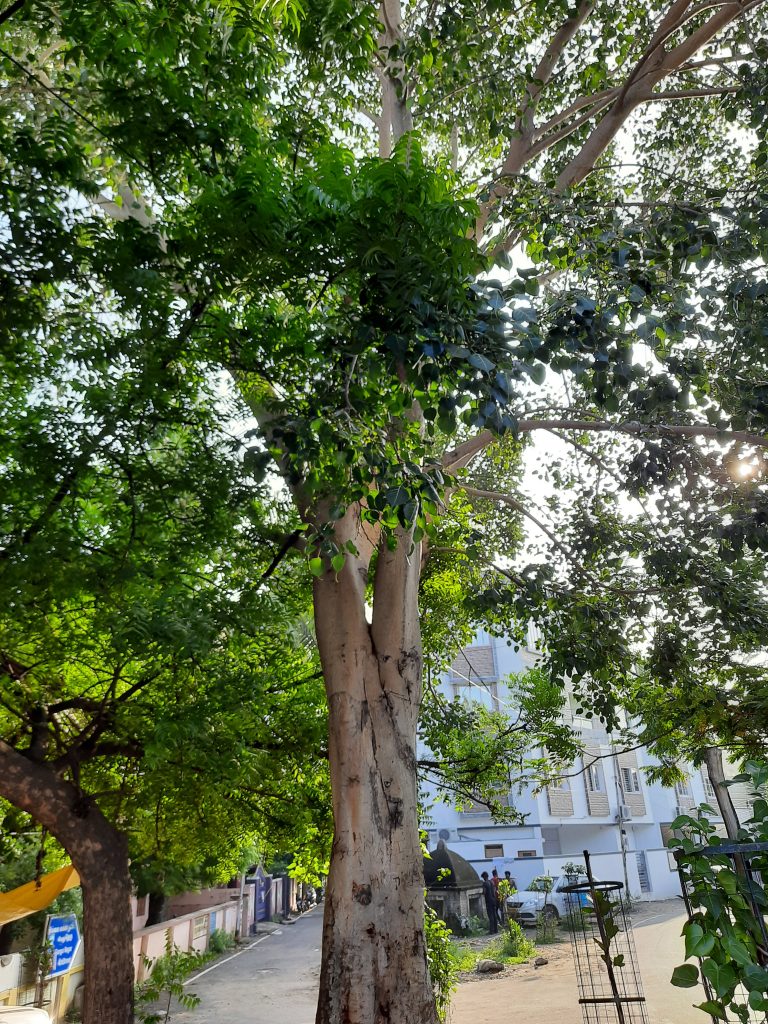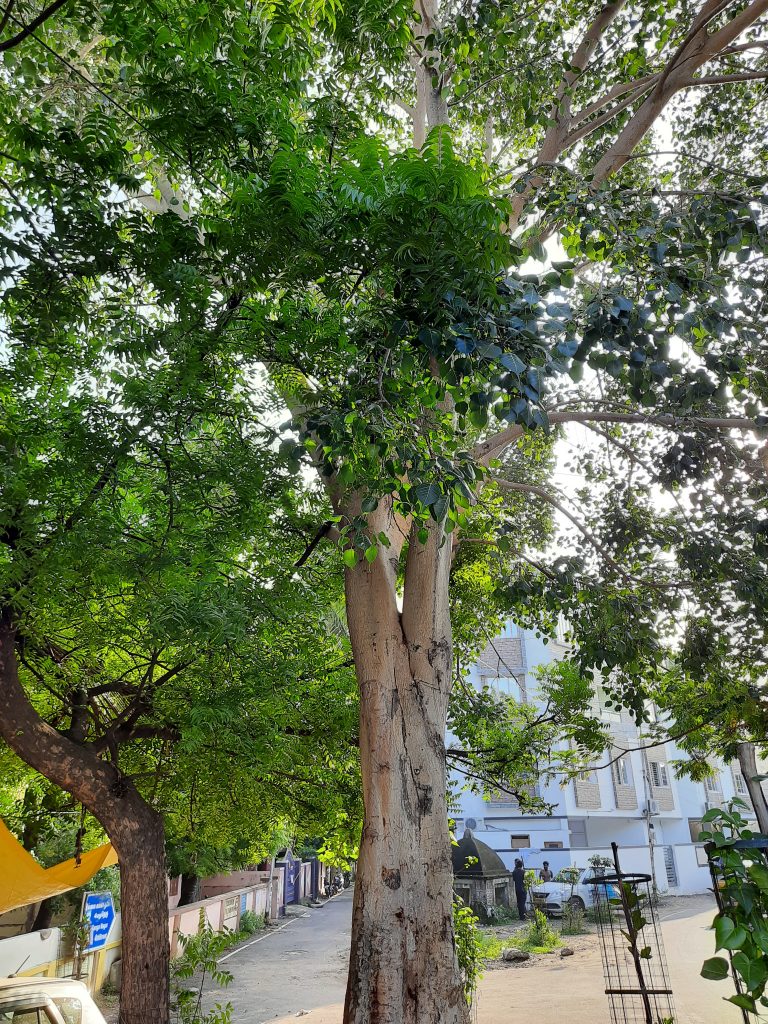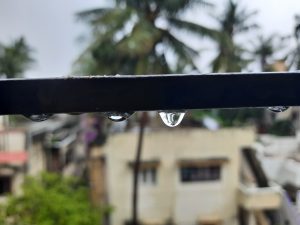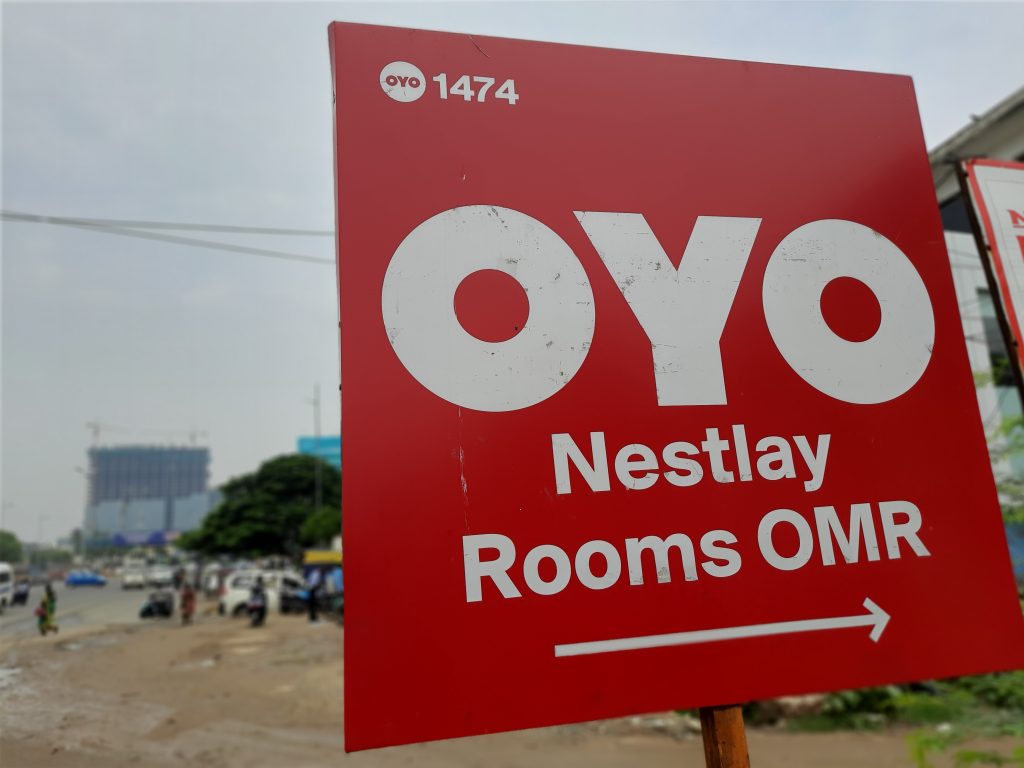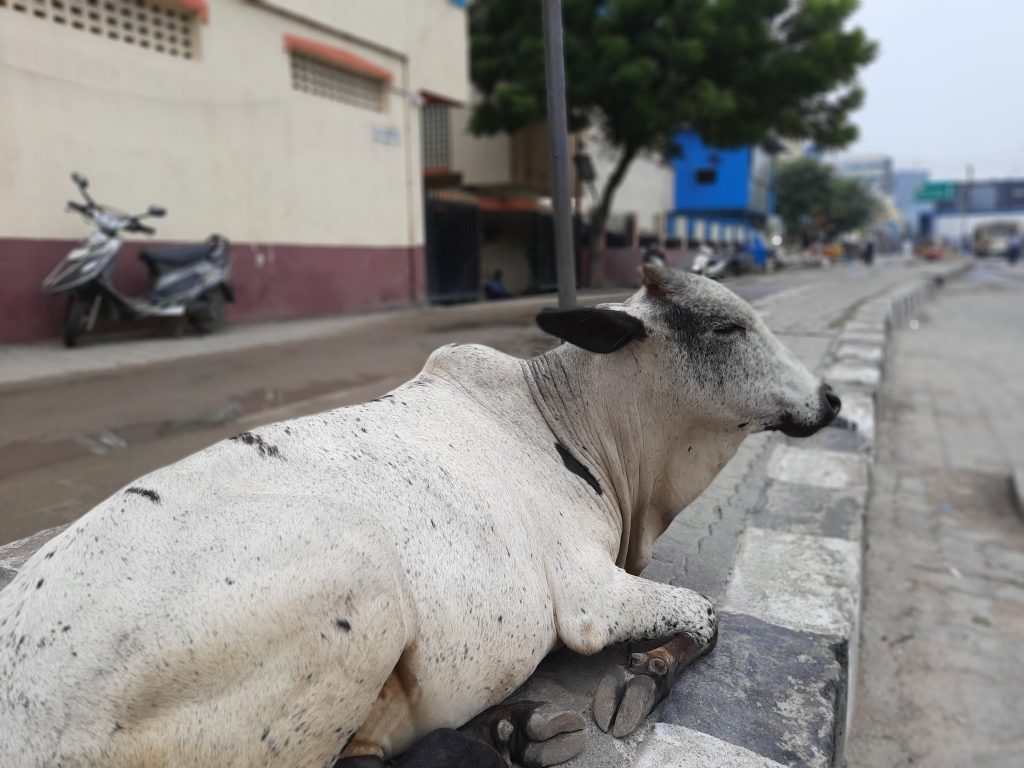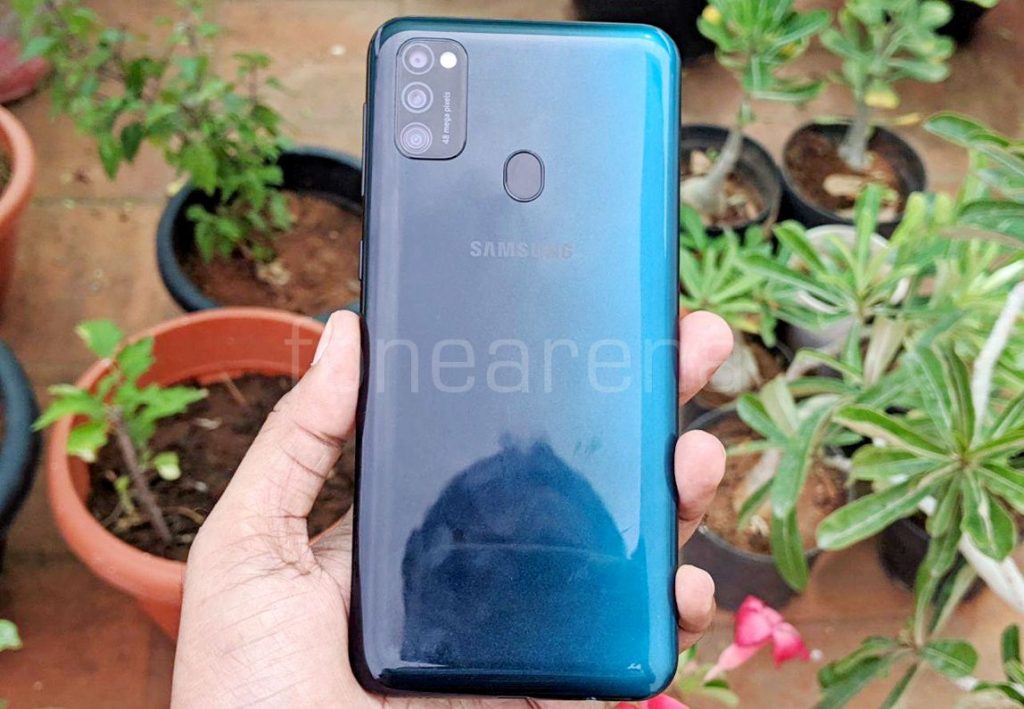
Samsung launched the Galaxy M30s smartphone in India last week starting at Rs. 13999. We already brought you the first impressions of the smartphone, here we have the camera samples. It has a 48-megapixel rear camera with Samsung GM2 ISOCELL Bright sensor, 0.8μm pixel size and f/2.0 aperture, PDAF along with an 8-megapixel 123-degree ultra-wide lens with f/2.2 aperture and a 5-megapixel depth sensor with f/2.2 aperture. It has a 16-megapixel camera on the front with Samsung SK3P8SP sensor with f/2.0 aperture.
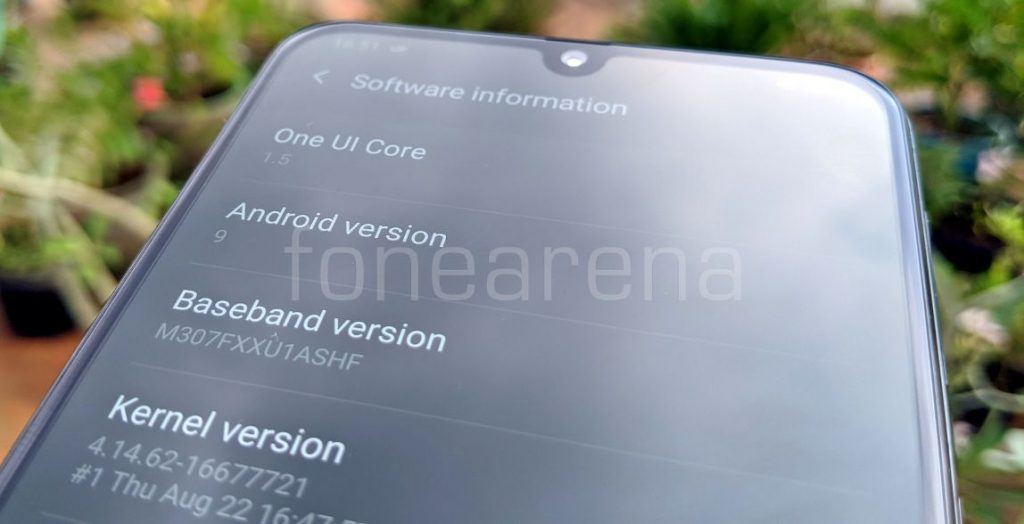
Since this comes with an 123° Ultra Wide Lens, you can switch between the normal 78-degree Field Of View main camera and 123-degree Field Of View wide-angle camera easily. There is Live Focus that makes use of the 5-megapixel depth sensor. You can also adjust the bokeh effect before or after the shot. There is selfie portrait option for the front camera that uses software to blur the background. There is also a wide-angle option for the front camera.
It has Auto mode, Food, Might, Panorama, Pro, Live Focus, Super Slow-mo, Slow motion and Hyperlapse as well as Pro mode to adjust ISO, white balance and exposure manually, but you can’t adjust the shutter speed or focus. You can choose 48MP option from the aspect ratio settings on the top. It also has AR stickers that lets you add stickers. It also has scene optimizer, which is AI mode that automatically detects 20 modes including Person, Food, Beaches, Sky, Mountain, Sunset/Sunrise, City Street, Snow, Waterfall, Watersides, Scenery, Flowers, Trees, Greenery, Animal, Bird, Backlit, Home Indoor, Text, and Night.
Coming to the image quality, daylight shots are good, and the camera captures a good amount of detail, creates well exposed photos with good dynamic range and detailing, and dynamic range can further be improved enabling HDR mode from the settings, which automatically turns on HDR when need. Even though the phone has a 48-megapixel sensor, the final output has 12-megapixel resolution, which is common in phones with large sensors. Autofocus speeds are fast and accurate. Macro shots are good as well. Live focus is good at detecting edges, and the wide-angle lens is useful in several places. Even though the edges look a bit curved due to the lens, ‘Shape Correction’ is automatically applied that automatically crop the edges, still some images look a bit curved at the corners, which is common in wide-angle lenses. Low-light performance is average with a lot of noise, but this can be improved further with Night mode that offers more details, but you need to keep your hand steady, since it takes two to three seconds to process. However, images shot using night mode are zoomed, and are captured in 8-megapixel resolution compared to 12-megapixel. 48-megapixel shots have good amount of details, but it takes time to process and is about 10MB in size. Images with flash is good even in closeups and is not over powering.
The 16-megapixel front camera is good when there is enough light. Since there is no flash on the front, you can’t expect good indoor performance even with screen flash. The wide-angle mode takes images in full 16-megapixel resolution, offering more details, while the normal mode takes images in 10-megapixel. Software blur in the live focus mode is decent in edge detection.
Check out some camera samples (Click the image for the full resolution sample).
Macro

It can record videos at maximum 4K resolution at 30 fps. There is also 1080p 30fps both in main and wide-angle camera, but there is no 1080p 60fps option. It can shoot slow motion at 720p at 240fps and there is also super slow motion, which shoots an 8-second video with 6 seconds of slow motion, and also lets you add custom music for the slow motion part. You can also enable EIS at 1080p. Video quality is good, and the audio crisp since it has a secondary microphone. Check out the video samples below.
Check out full Samsung Galaxy M30s review here.


